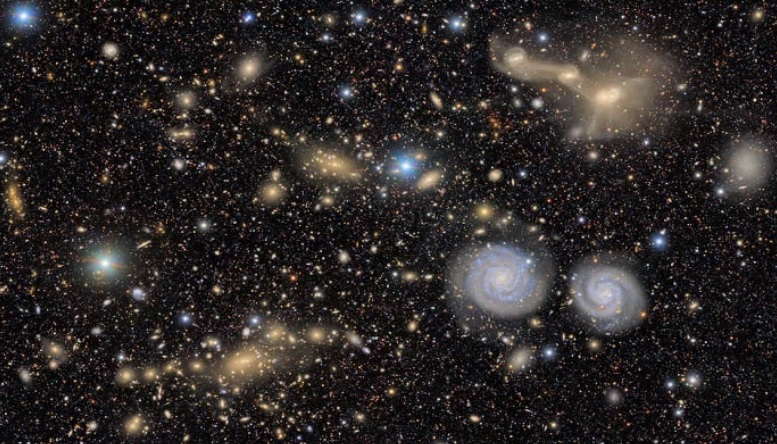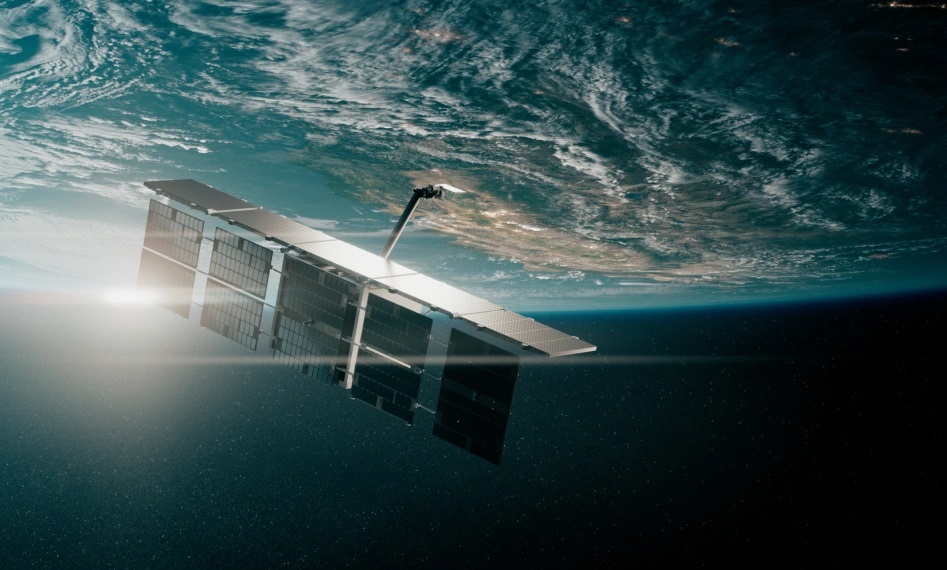SANTIAGO, June 28 (TNF): Astronomers have started analyzing stunning first images from Chile’s Vera C. Rubin Observatory, home to the world’s most powerful digital space camera. This technology is set to reshape how we study the solar system’s origins and track asteroids that could threaten Earth.
The observatory sits on Pachon Hill in Chile’s Coquimbo region. It has an 8.4-meter (27.5-foot) telescope paired with a 3,200-megapixel camera, the largest digital camera ever built. This setup feeds data into an advanced system designed to process huge volumes of space data.
“This will truly change how astronomers manage data,” said William O’Mullane, who oversees data operations at the observatory. “It won’t just change workflows — it will challenge old methods.”
In just 10 hours of scanning a small patch of sky, the observatory spotted more than 2,100 asteroids previously unseen. By comparison, telescopes worldwide typically find about 20,000 new asteroids in a year.
O’Mullane said the observatory will enable discoveries on a massive scale. “We’re not talking about a few observations for one paper. We’re talking about millions of galaxies, stars — or even billions. That’s 20 billion galaxy measurements,” he said.
The observatory is named after U.S. astronomer Vera C. Rubin, who helped prove dark matter exists. It will capture about 1,000 images of the southern sky every night. This will let it map the whole southern hemisphere sky every three to four nights.
Chile’s Atacama Desert, known for clear, dark skies, is ideal for the observatory’s work. Astrophysicist Francisco Foster pointed to the challenge of handling the nightly data flood. “The number of alerts each night is like the inboxes of 83,000 people. No one can check them all manually,” he said. This makes automated systems essential to manage the data.


